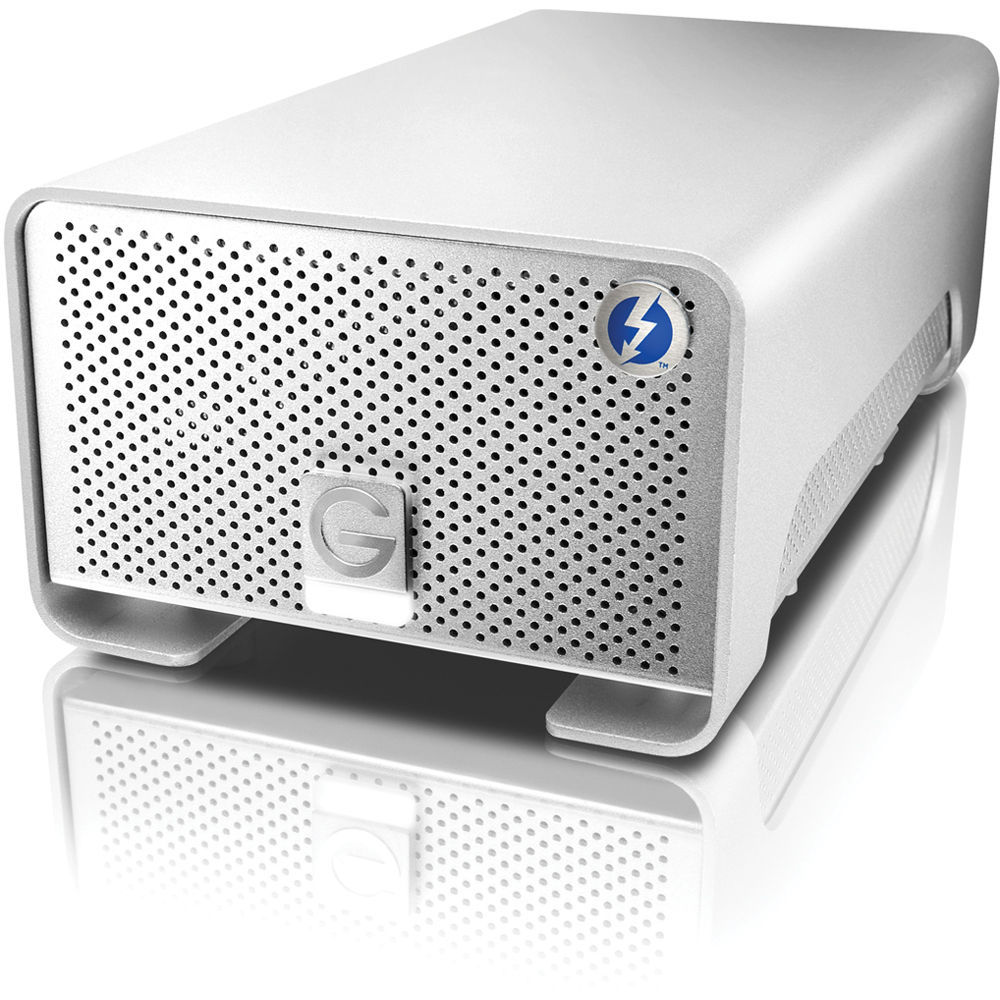Although the redundancy on RAID drives provides some measure of protection for your data, it would be a mistake to think that it is infallible. In certain circumstances, it is possible that you could end up losing data even though you’re running a RAID, and recovering it after the fact could be a complicated process.
Because of the risks involved, as a rule of thumb, it is best to take steps to effectively safeguard your data. Although that may sound difficult, it is actually a lot easier than you imagine and you should start by implementing these measures as soon as possible:
Make sure you’re using a UPS
Many of the issues that lead to data loss on RAID drives stem from power surges or outages. In some cases, power surges may damage the RAID controller or individual hard drives, or in others, a sudden power outage may corrupt data on one (or more) of the drives. With a UPS you should be able to shield your RAID drive from surges and will have a bit of backup power in case of an outage.
Always properly shutdown
While it is often trivialized, the fact of the matter is that properly shutting down your system can help to ensure the data does not end up being corrupted by a sudden loss in power. Ideally, you should make it a habit to carry out a proper shutdown every time, and also disconnect any external storage devices beforehand.
Keep an eye on the temperature
One of the common problems in some systems running RAID drives (especially ones with physical hard drives) is insufficient cooling. If you aren’t careful the temperature could rise to the point where the components in your RAID drive (and potentially other parts of your system) begin to degrade and their lifespan could be drastically reduced. In short, you should make sure your RAID drives are cooled properly.
Use an up-to-date antivirus to scan regularly
In many cases, data is corrupted not due to an issue with the RAID drive itself, but as a result of malware and viruses that have infected the system. Needless to say, this is extremely preventable, and using an up-to-date antivirus to scan regularly should do the trick. Of course, other measures, such as avoiding suspect websites and verifying any software that you install can also help.
Implement a thorough backup strategy
Alongside any other efforts, the best way to ensure your data is safe is to have a thorough backup strategy. That involves not just backing up your data regularly, but also verifying your backups, checking them, and making sure that you always have a recent backup that you can restore to in case anything goes awry.
Once you implement these measures, the data on your RAID drives should be a lot safer. That being said in the event that something does go wrong and you notice that you’ve lost any data, it is best to contact a RAID recovery expert as soon as you’ve exhausted all the normal options (i.e. troubleshooting or restoring from a backup). Keep in mind that you don’t want to do anything that could adversely affect your chances of recovering any data, which is why getting professional help sooner rather than later is advisable.




